
McLeod Tennis Center at Texas Tech University


Simpleview Listings

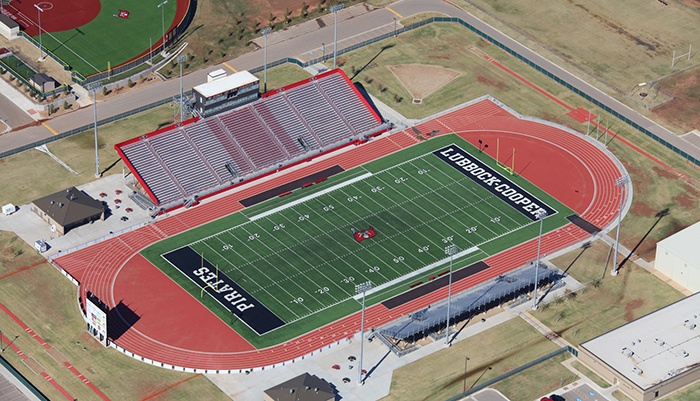
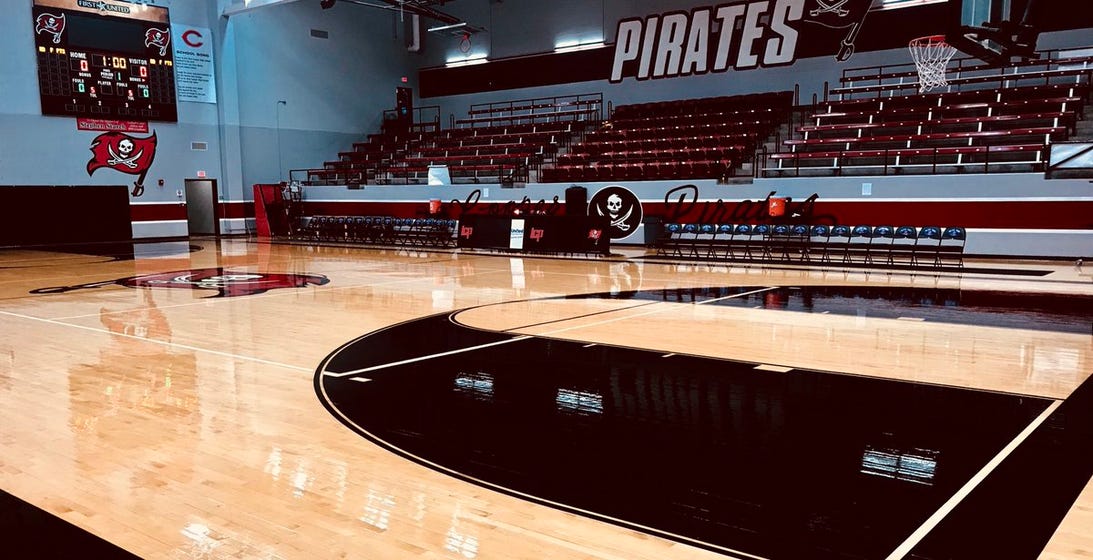
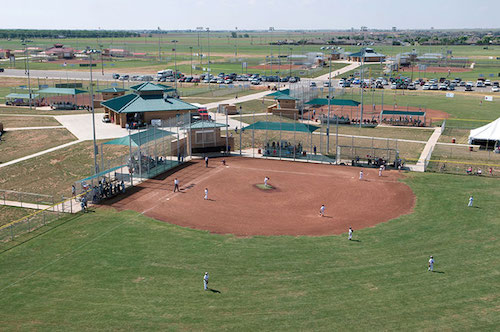
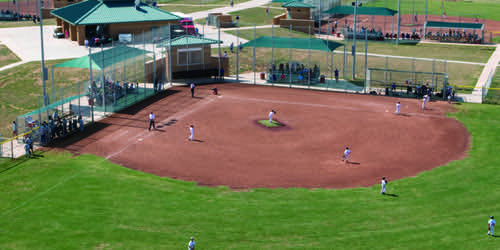

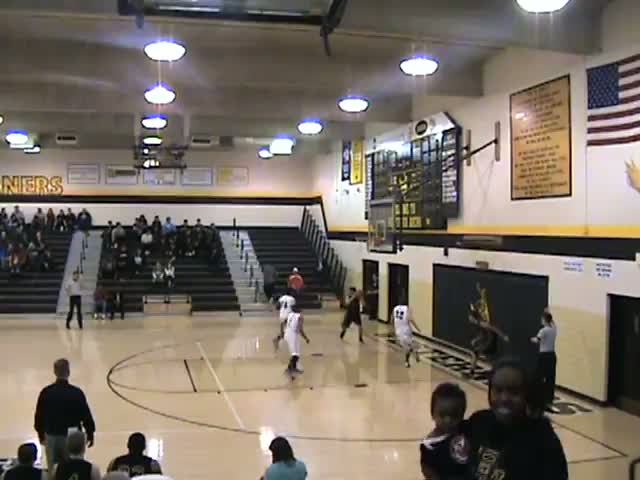

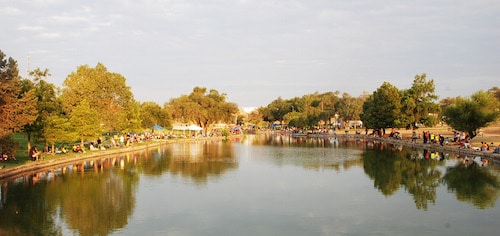
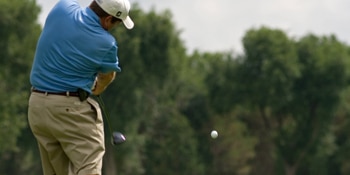
LakeRidge Country Club was designed with spectacular events in mind. From intimate bridal luncheons and baby showers to lavish wedding receptions, tournament banquets and fundraising galas, the club offers a variety of elegantly appointed indoor banquet and meeting rooms as well as picturesque outdoor spaces accommodating events of all sizes and types. Complementing the club’s
Recent Comments